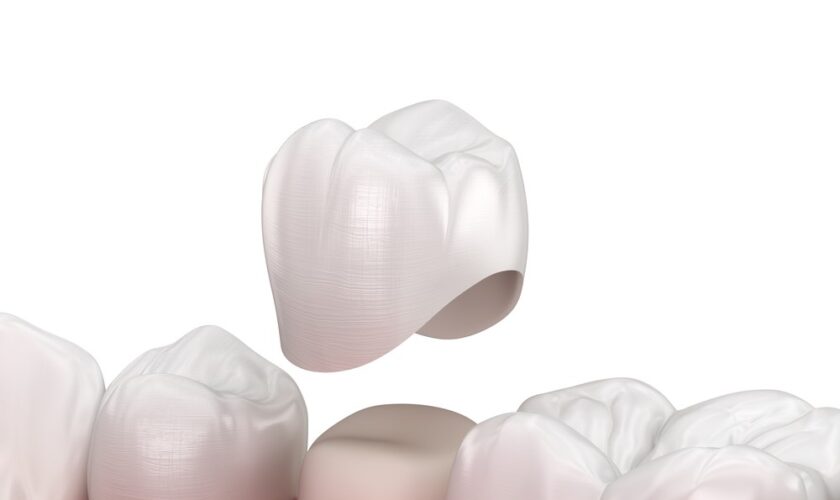If your child is struggling in school, has difficulty with handwriting, or seems to lack focus, they may be a good candidate for occupational therapy (OT). OT can help kids In Frisco, Texas, overcome common problems that make learning and achieving success more difficult. We’ll discuss some of the most common issues children face and how occupational therapy in Frisco, TX, can help them overcome these obstacles.
Developmental Delays
Developmental delays can make it extra tricky for children to achieve academic success. These delays typically fall into three main areas: physical, cognitive, and communication development. For example, a child who has difficulty writing because his fine motor skills are not adequately developed may need occupational therapy to develop the skills required.
Mental Health or Behavioral Problems
Mental health or behavioral problems often lead to academic failure as kids can’t focus on their schoolwork and do not have the necessary skills to succeed. If your child is distracted all day because he’s anxious, has depression, ADHD, autism spectrum disorder, obsessive-compulsive disorder (OCD), bipolar disorder, oppositional defiant disorder (ODD), conduct disorder, anxiety disorder, and occupational disorder therapy can help.
Autism Spectrum Disorders
Occupational therapy can be beneficial to children on the autism spectrum. Kids with autism often have difficulty with sensory processing, affecting how they learn, plan, pay attention in class, behave in social situations, and complete their schoolwork. Occupational therapists help kids with autism calm themselves when they are stressed to focus more effectively.
Disorganized Minds
Kids with disorganized minds can have a tough time achieving academic success. Many disorganized kids who have difficulty focusing and completing their schoolwork also struggle with executive functioning issues such as organization and time management.
Sensory Processing Disorders
Sensory processing disorders affect how your child experiences and processes information from their environment. Children with sensory processing issues often struggle in school because they can’t filter out background noise, they’re distracted by lights or movement in the room, don’t like to try new things due to anxiety, have difficulty with handwriting because it’s too painful, or difficult to move their hand and arm in the required ways, or they may be picky eaters.
Learning Problems and ADHD
Like kids who have disorganized minds, children with learning problems and ADHD can also have difficulty achieving academic success. A child who struggles to read may need occupational therapy to improve his reading comprehension skills.
Kids with ADHD often benefit from occupational therapy because it helps them stay focused in class and complete their assignments. Occupational therapists assist kids with learning problems by providing tools and strategies to help them work through their difficulties.
Children with Behavioral Problems
A child with behavioral issues may benefit from occupational therapy because it can provide him with the skills needed to handle his emotions differently. Therapy sessions provide an environment where kids learn to control their emotions, communicate more effectively, and think before acting out.
Occupational Therapy can be a helpful tool to overcome many of the difficulties that children face in school. Occupational therapists assist kids with learning problems, mental health or behavioral issues, developmental delays, and sensory processing disorders, among other things. If your child is struggling academically for any reason at all, occupational therapy might provide the help he needs to succeed.









